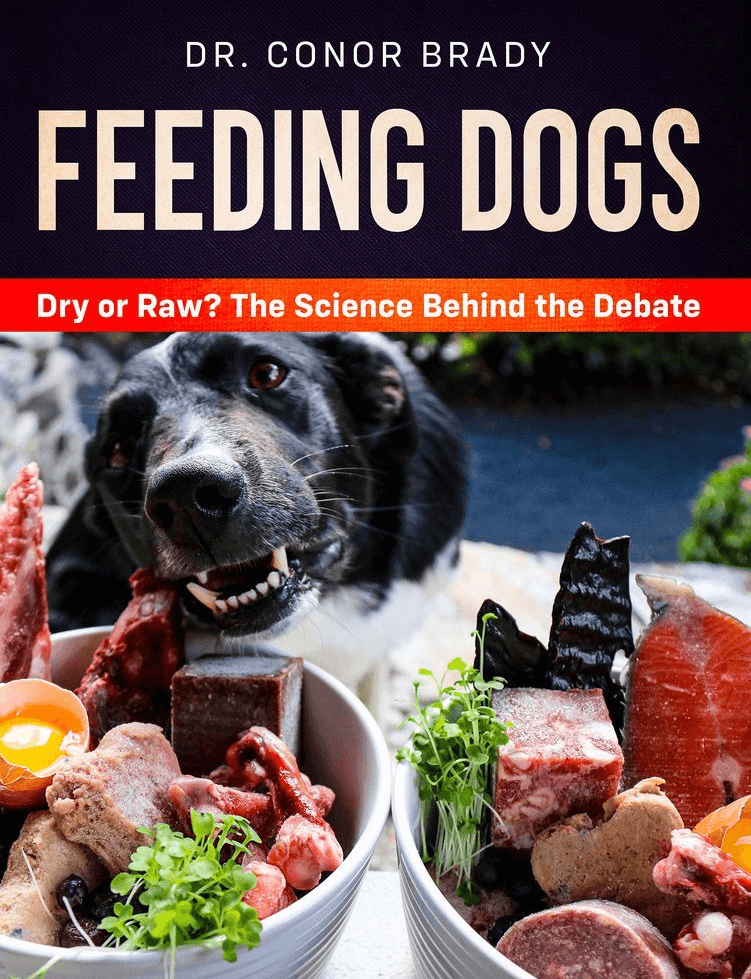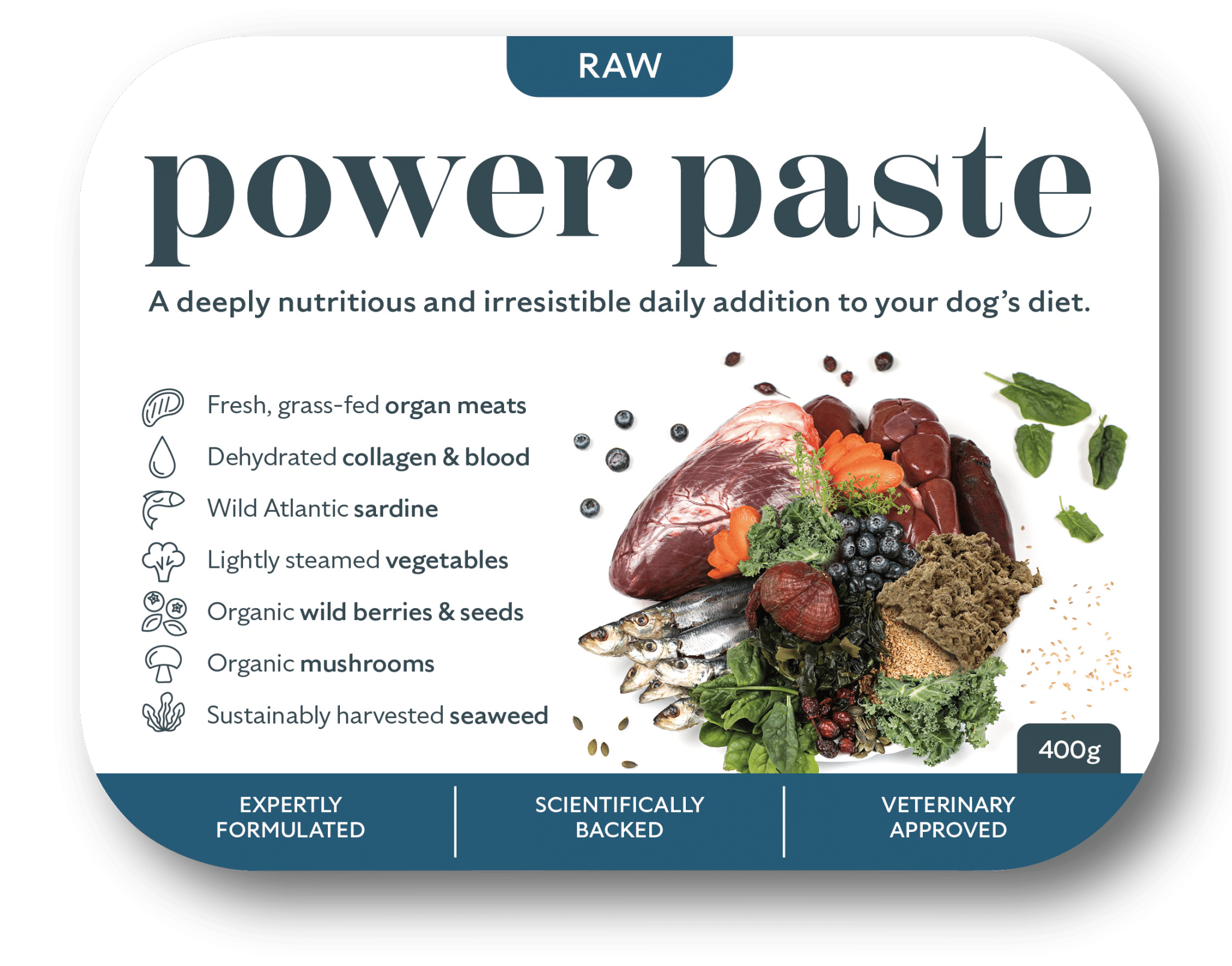Whole ingredients bestow the greatest epigenetic effects in mice, humans and dogs. Here are the most scientifically supported and likely epigenetic foods in use in dogs today…
Part 1 of this article showed us via studies of human populations malnutritioned via famine and socioeconomic decline, of stem cells in culture and of pregnant women suffering nutritional illness such as diabetes, obesity and heart disease, that the food we eat can have dramatic effects on the biology and disease susceptibility of our offspring, not via mutation of the DNA per se but at the level of gene expression. It is the role of environmental factors, largely food and environmental contaminants, to turn on or off a gene, much like a light switch, and these are changes that we can pass on to our children, for good or bad. Of all environmental factors getting attention today, what we are eating day to day is top of the list.
Epigenetics is a model in which food enters the body and in a sense never leaves it, because food transforms the organism’s being as much as the organism transforms it…
The effect of synthetic diets on mice and humans…
Studies of nutriepigenomics have explored how food and epigenetics work together to influence health and wellbeing. For example, a study found that a high fat, low carb diet can open up chromatin and improve mental ability in mice. Thus, the macro components of the diet can have an effect on the individual. This has important implications for dogs consuming diets unnaturally high in carbohydrates and unnaturally low in protein. What is the effect of such a strange diet long term on the health of the species? Well, the circumstantial evidence is not good…
Lab rodents are the most commonly used animal in tests of epigenetics, but the parallels with pet food are clear.
Lab rodents can be fed three types of diet, each differing on how much the original ingredients have been refined down with processing:
- Natural diets – these are based on whole ingredients including whole grains, including ground wheat, ground corn, ground oats and high-protein meals such as soybean meal, alfalfa meal and fish meal, often supplemented with added minerals and vitamins
- Purified diets – there are made with refined ingredients such as starch, vegetable oil and cellulose.
- Chemically defined diets – these diets are formulated on ingredients that are completely broken down into individual units, including amino acids, sugars and fatty acids
Why use purified or chemically defined diets? Because it allows the researcher to know exactly what is going into the animal to be assessed. Natural diets, on the other hand, are less controlled, a whole grain is a complex, variable thing after all.
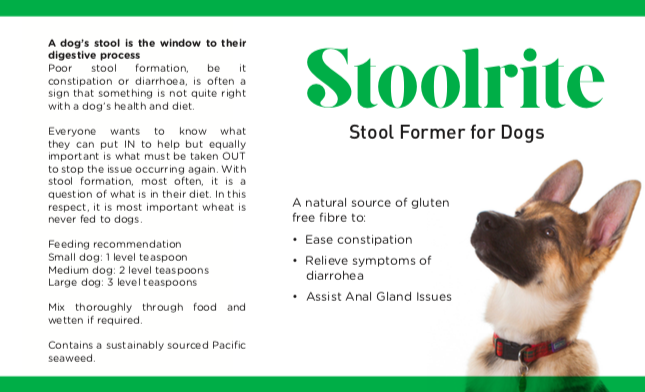
Until recently, it was thought these synthetics diets replicated natural diets, to a sufficiently large degree, with the same key nutrients. Synthetic diets are found to vary significantly to natural diets in some key groups, most notably fibre and sugar content. Until recently, it was assumed that the “filler” used in the synthetic diets were of little consequence to the animal, at least in terms of gene expression. However, we now know this is not the case. Studies show that synthetic diets resulted in significantly less methylation (the very heart of epigenetics, methylation is the process by which methyl groups are added to the DNA molecule, altering the expression of the gene) in the lab mice studied, with fingers being pointed at the complex (and thus as of yet poorly understood) meddling of the filler (carbs / starch) and fibre used.
This logic of equivalence [of natural and synthetic diets] is now crumbling, for animals and humans
The implications of this simple study reach far, far beyond some lab tests involving mice. Milk formula for human babies has long been assumed to be an adequate if synthetic substitute for human milk.
just as the synthetic control diet used here was previously thought to be an adequate substitute for natural ingredient diets, infant formulas are essentially semi-synthetic substitutes for human milk. It is, therefore, possible that persistent differences observed between formula-fed and human milk-fed individuals are the result of epigenetic alterations induced by subtle nutritional differences between human milk and infant formula’
The negative epigenetic effects of chemicals used in synthetic foods…
Synthetic, ultra processed food are full of chemicals to make them look, smell and taste right. Unfortunately, many of the chemicals permitted for use are known endocrine disruptors, disruptors known to effect gene expression important in reproduction. Studies show when pregnant rats are exposed to the antifungal agricultural spray vinclozolin in the developmental window of sex determination the male pups had low sperm counts and poor fertility. Furthermore, when these rats were mated to non-exposed female rats, impaired fertility was passed on to their male offspring, and in their offspring in turn, for four generations (Anway et al. 2006).
Dry pet food also contains a pretty horrific amount of fungicide. For more here, check out these Mars employees that are suing Mars for their exposure to the highly poisonous phosphene gas (the stuff used to kill rats but also various fungi) which is sprayed on large piles of grain to stop it rotting. It’s a shocker of a story.
Unsurprisingly, scientists have discovered chemicals in commercially available pet foods that have a detrimental effect on sperm quality in dogs and also affect male to female ratios and litter size over the last 30 years.
And that is just one of the hundreds of poisons permitted in the pet food chain to various degrees.
So that’s the bad side of epigenetics, what’s the good news?! Known epigenetic foods for dogs…
It follows that, if doing things wrong can have negative effects on ourselves and now our offspring, the opposite too must hold. Good diet choices made now, and certainly while pregnant, can have very positive effects on our offspring. This is a very new concept in pet nutrition. It was first brought to my attention with the brilliant canine nutrition book by Dodds and Laverdure Canine Nutrigenomics (I highly recommend you check this out, find it here on Amazon). While I am told by an epigenetic researcher that epigenetics and nutrigenomics are not strictly the same thing, I have to admit I don’t understand why. I can see absolutely no difference between them, they both seem to concern themselves with studying how nutrition can vary gene expression! Anyway…
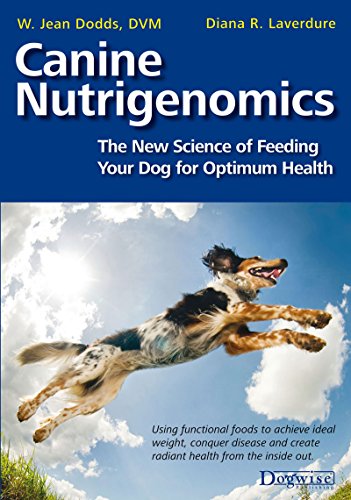
One of the most popular “function foods” out there is the anti-oxidant. A marketers dream, these babies absolutely have benefits to the organism that go far beyond its vitamin or mineral content. We know that antioxidants reduce damage to cells and DNA from oxygen free radicals in the body, and thereby protect the consumer from disease.
It seems that antioxidants that we know of today come from the plant kingdom. We have spoken about a number of them before, most notably the frankly amazing powers of seaweed for fighting cancer and many other diseases, the use of turmeric for a great variety of maladies as well as CBD oil for a range of benefits at the neurological level.
We know that orange / yellow vegetables reduce cancer risk in (dry-fed) dogs. The key here is polyphenols (commonly found in many coloured fruits and vegetables) and we know these effects are passed on. A study of the effects of polyphenols on the brains of mice, for example, have been shown to promote resilience again stress and depression in mice, an effect that is passed on to the next generation. Keeping with the polyphenols, the simple addition of blueberries is known to boost the antioxidant levels and precent exercise-induced oxidative damage in working dogs (Dunlap et al. 2006). In fact, the epigenetic effect of blueberries have been shown to epigenetically reduce DNA damage in humans, protecting us against cancer and possibly slowing ageing. A fascinating two-year study reveals that additions of carrot, spinach, tomato and lemon rind to ageing dogs is shown to protect from cognitive decline (Milgram et al. 2005), as they do in humans. Just some of the studies that highlight adding some plant matter to a dogs bowl may be a very good idea indeed. More on feeding dogs plant material here.
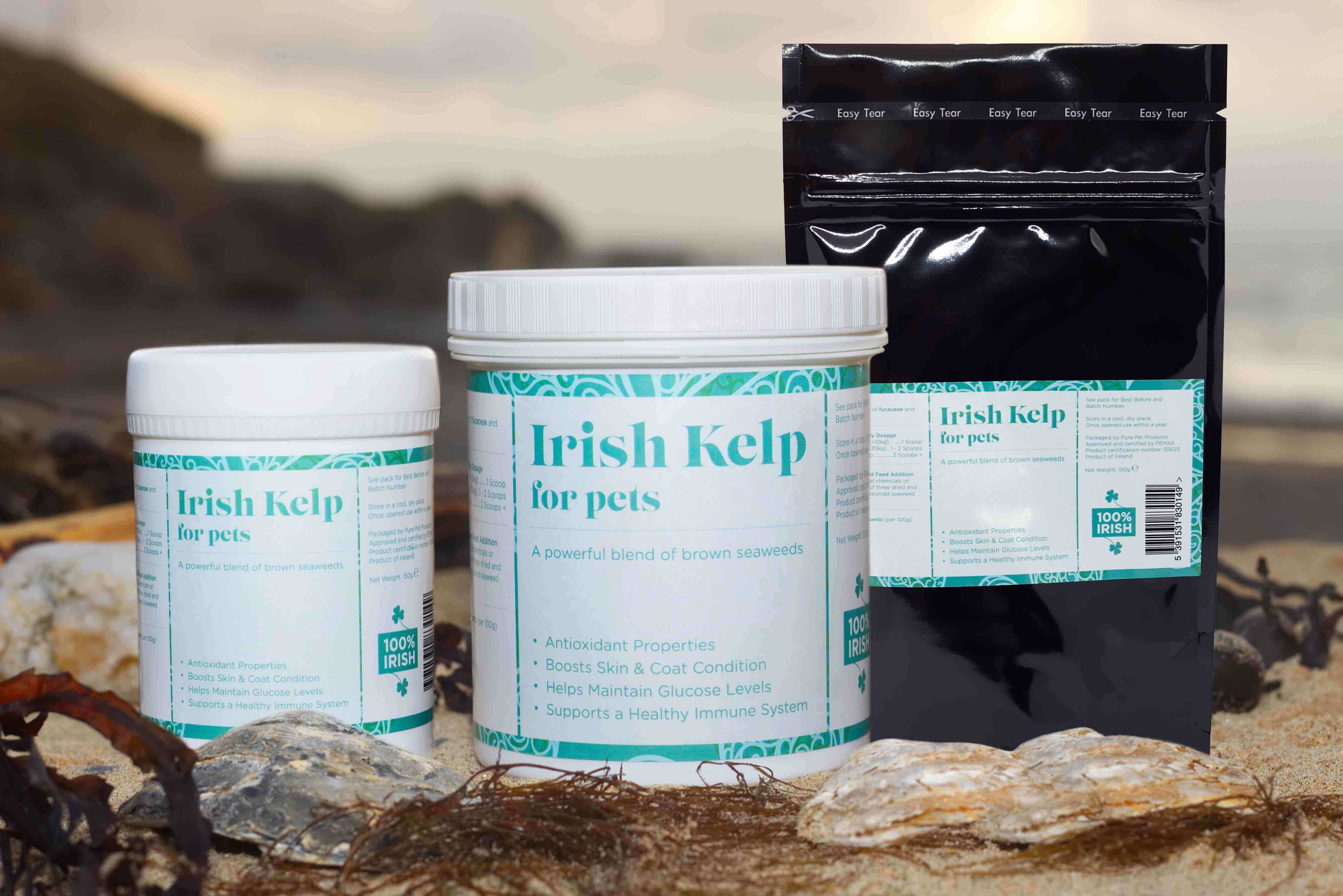
But it’s not just plants that contain bioactive compounds…
I suppose, when you think about it, almost every food could be seen as a “functional food” if we just knew where to look and when. It seems like every day brings with it another “superfood”. Which is sort of true, in that, all whole food ingredients are super in some way to some animal. As real canine nutrition is still only in it’s infancy, we are only now tipping the tip of the iceberg in terms of what are superfoods for dogs, but we have to assume a lot of them are meat-based. While plants are certainly the most common sources of bioactive compounds, meats too can be classified as a functional food, most certainly, something that is no doubt magnified for the carnivore who has evolved to exist solely upon it. These include (taken from my forthcoming book…)
- tocopherols (a form of vitamin E)
- carotenoids (an antioxidative tetraterpenoid)
- ascorbic acid (vitamin C)
- glutathione (found in both plants and animals, glutathione has a range of benefits. As well as providing cellular defense against toxicological and pathological processes, it is involved in making DNA, supporting immune function, forming sperm cells, regenerating vitamins C and E, helping the liver and gallbladder deal with fats and assisting in apoptosis or “cell death”)
- lipoic acid (a wonderfully beneficial organic compound made inside mitochondria of both plants and animals, it is both water- and fat-soluble, allowing it to work in every cell or tissue in the body)
- L-carnitine (while found in some plants, l-carnitine is largely obtained from animal sources. It assists the body in producing energy, lowers the levels of cholesterol and helps the body to absorb calcium to improve skeletal strength. As it plays a crucial role in preventing skeletal muscle myopathy associated with heart failure).
- Ubiquinone (a.k.a. coenzyme Q10, is a vitamin-like compound ubiquitous to animals and bacteria. While it is found in some plant sources, meat is by far the best source, with liver and kidney being top of the list. CoQ10 is involved in the production of cellular energy and is used as a popular antioxidant in the prevention and treatment of some chronic diseases)
But meat is also host to a wide range of bioactive compounds found only in meat, again some of which you may already have heard of. These include:
- Conjugated Linoleic Acid (CLA), an omega 6 fatty acid commonly found in meat and dairy. While essentially a transfat, it is a naturally-occurring form that are actually beneficial to the body, including boosting heart health and aiding with weight loss
- Taurine (an amino acid found only in meat, commonly the brain, eyes, heart and muscle, it has been shown to have several health benefits, such as a lower risk of disease and improved sports performance. It is the lack of taurine from a lack of meat in pet food that results in so much repeated pet illness and death from DCM)
- Creatine (an organic compound found in the muscles of cells where it plays a critical role in muscle energy metabolism, creatine is now famous for its use by gym enthusiasts. Studides show it can increase muscle mass, strength and exercise performance as well as potentially providing a number of other health benefits including protecting against neurological disease)
- Anserine and carnosine (protein building blocks that are naturally produced in the muscles and bones of animals, these two compounds have risen to stardom of late as they have such a diverse range of beneficial impact including boosting muscle stength and performance but also potentially in the treatment of nerve damage, eye disorders, diabetes and kidney problems, wound healing, recovery from fatigue and prevention of diseases related to stress)
- Spermine (not what you think it is, found in many tissues it’s essentially a bacteria growth factor hence it’s concentrated around the gut)
As with plants, not all meats contain each of these bits. Some are certainly higher than others. It is beyond the scope of this article to get into which one contains what. For now, know this is one of the main reasons those embarking on a fresh, species-appropriate diet for their dog vary both the meat parts used and indeed their animal sources as often as they can, to ensure that some amount of each of these vital nutrients makes it in there over time.
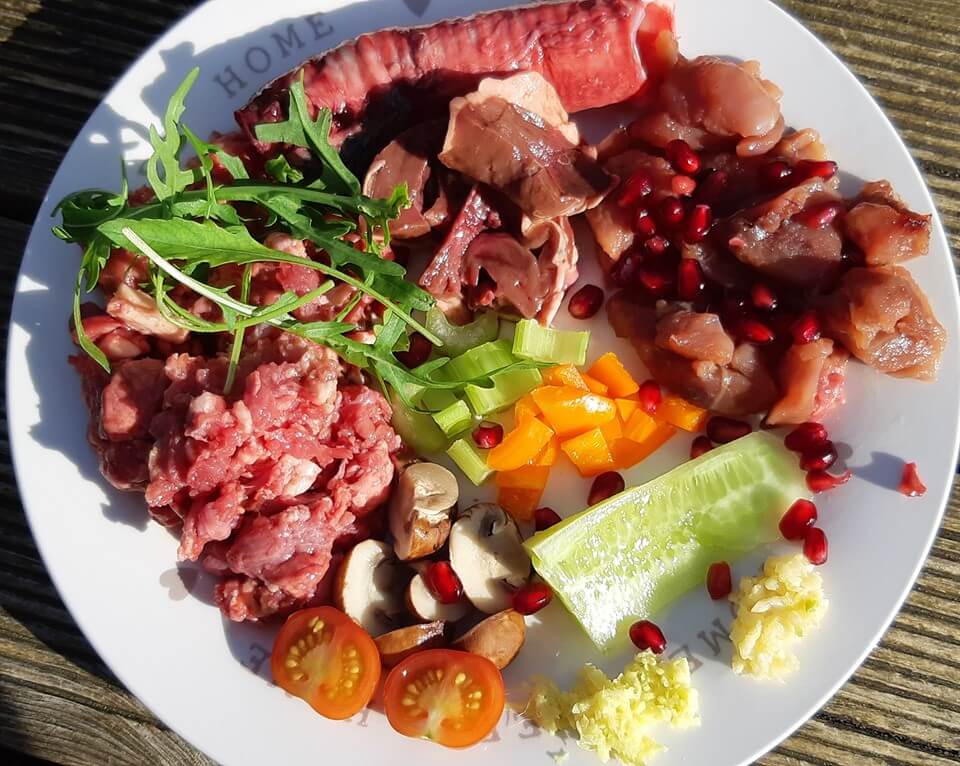
Epigenetics in dogs, in conclusion…
What we do know is that synthetic diets have less of an epigenetic effect on lab mice, a result of their higher starch contents. The attempted “improvement” of our food, the purification and technical “enhancements” of various diet components rarely work in what is a highly complex relationship between an ingredient, and all that is going on in there, and the incredibly convoluted metabolic environment that is the mammalian body, one that has evolved for millions of years to exist on certain whole foods. And what each animal perceives as a vital “superfood” will most likely vary depending on their evolutionary history.
It is a fact that most of these bioactive compounds are delicate, often sugar-based creatures, compounds that are often obliterated by cooking. It is for this reason, that the concept of a sterile, chemical-laden, high starch, stale fat and ultra-processed “complete diet”, for a meat eater animal that does not even require carbohydrates in its diet, is so preposterously bad an idea for our pets. Though there are many, many more.
Nothing replaces whole ingredients for you or your pets. Please feed them as nature intended.
***
Recommended reading
- Complete diets consistently fail to meet nutrient requirements
- How to make your own dog food
- Everything you need to know about raw dog food in 10mins
I have spent a lot of time building up my knowledge. From a doctorate in animal behaviour and nutrition to years in guide dogs and the last seven years inside and out of the pet food industry, I have always provided all my information free to the public, articles that I spend a lot of time putting together. While it’s clearly a passion of mine the fact remains, I can’t do this and a steady job at the same time. Without a salary or fancy sponsorship, I am left trying to monetise my site as much as I can without pushing on you horrible adverts for car loans and crap pet products. One way I do this is by tracking some of the links to products I recommend (where Amazon will give me a small percentage for any purchase qualified). Now I’m putting a donation button at the bottom of my more helpful articles. So, if you found this article interesting, if it maybe helped you in any way, fixing your dog where repeated vet visits have failed, and you feel you’d like to give me the price of a cup of coffee (€3), please free to do exactly that. If you’re strapped and can’t afford it, I can totally sympathise, you’re free to read on, no questions asked! We’re glad to have you on board spreading the word regardless.
Many thanks and continued good health to you and your pets.


